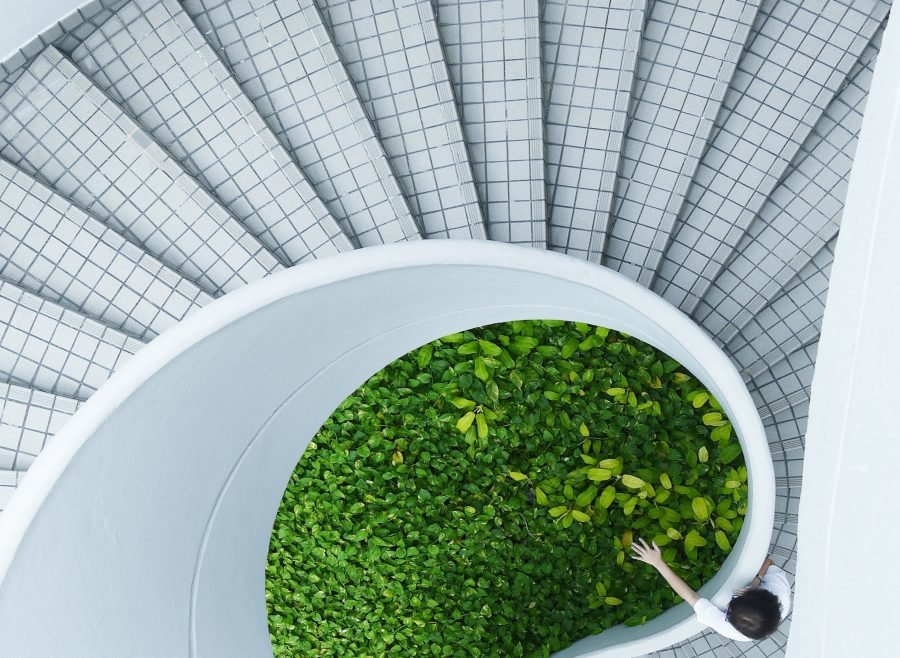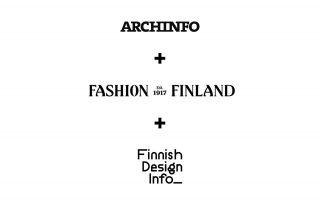The responsible development of architecture, design and fashion requires a common, comprehensive approach. Materials, production chains and logistics each pose their own challenges to companies in terms of both ecologically and ethically responsible production. What opportunities does Finnish design offer in the face of these new challenges?
In September, a panel discussion held on the Habitare stage explored the challenges and opportunities of responsible production in the design sector. Participants included Katja Kantola, CEO of fashion company Mifuko, Jenni Roininen, creative director of design studio and furniture manufacturer Nikari, and architect Maiju Suomi, whose latest projects include the Alusta pavilion, which explores the connection between nature and culture.
From responsible business to everyday life
”For me, being a responsible consumer has developed through work,” says Roininen.
Sustainable choices involve both being more careful when buying new things and repairing the old whenever possible.
“My work has brought more responsibility into my life.”
At Nikari, Roininen emphasises the responsibility of materials.
“We focus on the materials nearby. We use solid wood responsibly, including the use of scrap materials.”
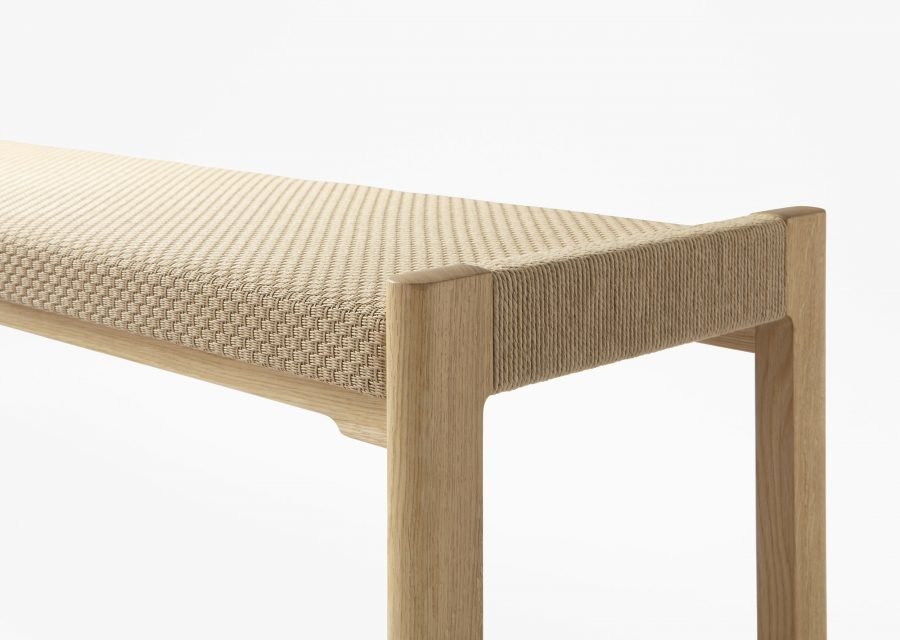
”Since working at Mifuko, I have also started to pay attention to the origin of personal purchases and the responsibility in their production,” says Kantola.
At Mifuko, sustainability is present from the very beginning, and the company is challenging the traditional view of fashion supply chains.
”Our products are made by about 100 women in Tanzania and Ghana and 1,300 women in Kenya. We have set up our own subsidiary in Kenya and in other countries we operate through fair trade partnerships. Women mostly weave baskets during the dry season, when they have more time to do handicrafts and the baskets do not require any investment on their part,” says Kantola.
Suomi, who used for example clay structures in the Alusta pavilion, also points out the longevity of materials – the age of matter often extends far beyond the human lifespan.
”People often forget that matter is really important. Building material comes from somewhere, it is used, and eventually it goes out of use. The environmental impact of the use of materials must be taken extremely seriously.”
After two years, the materials from the Alusta Pavilion will go back into the ground. Designed to be temporary and thought-provoking, the space aims to create well-being for both humans and the rest of nature.
The potential of Finnish expertise
Responsible choices and sustainable policies have also opened new doors for businesses in these sectors. Kantola says that the cooperation between Mifuko and the French fashion house Chloé stems in particular from the Finnish company’s responsibility. The first batch of a few thousand baskets was sold out in no time and the cooperation with Chloe has continued: sustainable and ethical production methods also interest international consumers.
Roininen also talks about the benefits of responsible process.
”Manufacturing in Finland is an advantage for us. And the fact that Finnish society is fair: taxes and wages are paid – this is worry-free for the buyer.”
According to Roininen, consumers’ demands for responsibility are also on the rise – and rightly so.
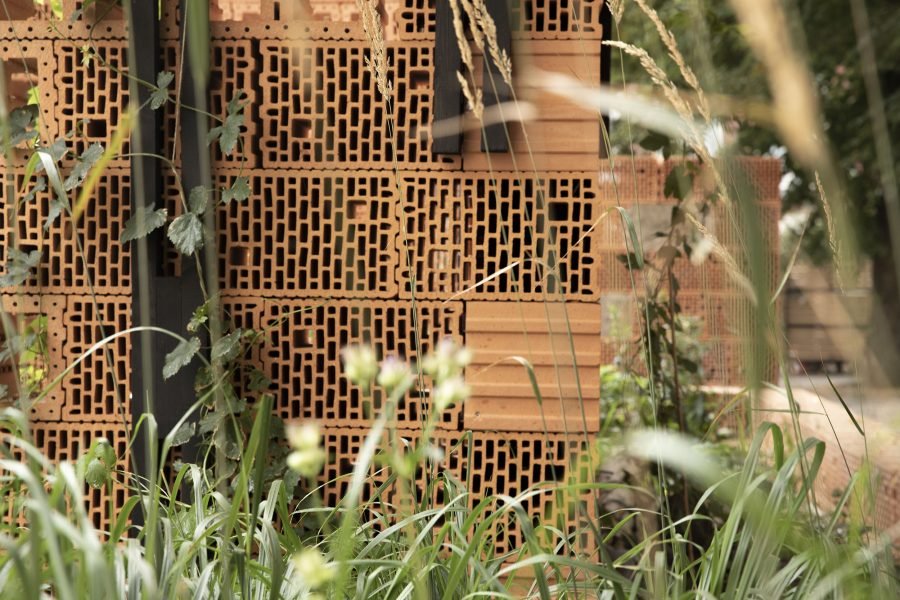
The challenges in architecture are inevitably global, says Suomi, but the solutions can be local.
”Local solutions that fit your environment provide perspectives and inspiration for others around the world. Local knowledge is needed.”
Responsible production means continuous learning. The amount of certificates is increasing, indicators and calculation methods are constantly evolving and changing. New materials require research, old materials require reassessment. Keeping up with sustainable production takes work, but the end result is worth the effort.
Solutions by co-operation
Kantola stresses the importance of individual action:
”We all make decisions within our own companies. Change requires a desire to know on the part of consumers, but also the courage of companies to be open.”
Awareness of sustainable business principles, incorporating them into a company’s strategy and tackling challenges one by one will evolve both business and mindsets towards a better tomorrow.
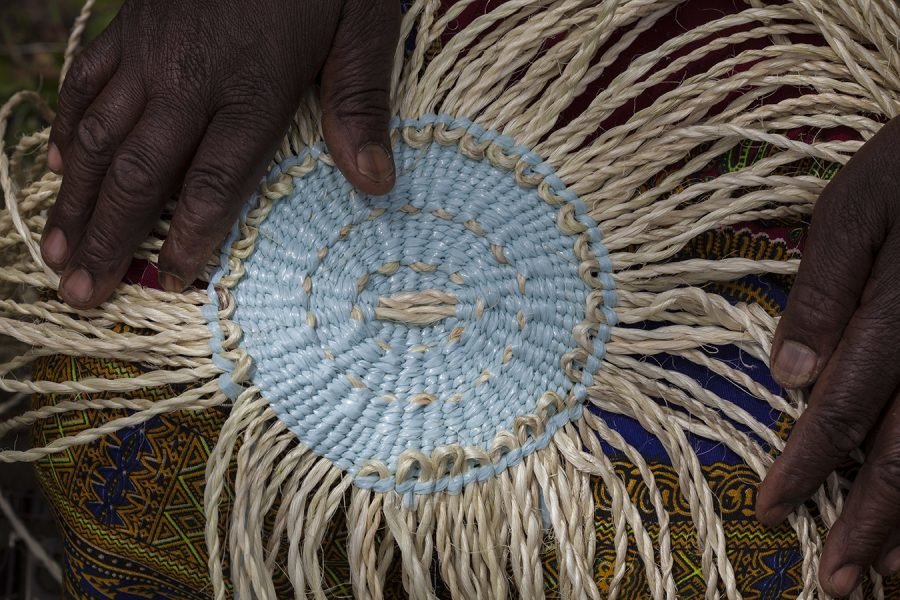
Roininen points out the potential of the Scandinavian mentality:
”We make and buy carefully and deliberately. We repair. We get products so good that we want to keep it.”
The more a business takes care of itself and its values, the more the customer’s product will increase in value.
”Wood is a carbon sink. Preserve it, don’t burn it, and it stays that way. Every use reduces the footprint.”
”What we are doing is not value-neutral,” points out Suomi, who calls for a more inclusive debate on construction and more legislation to support sustainability.
The design sector is facing a major shift in values and multidimensional questions: How do we get more prosperity for all from fewer resources? How to combine sustainable growth with social resources? How can Finnish design contribute to achieving global goals? Faced with difficult questions, collaboration opens opportunities and doors to new forums.
Photos Unsplash and brands
Text Anna Rusi
